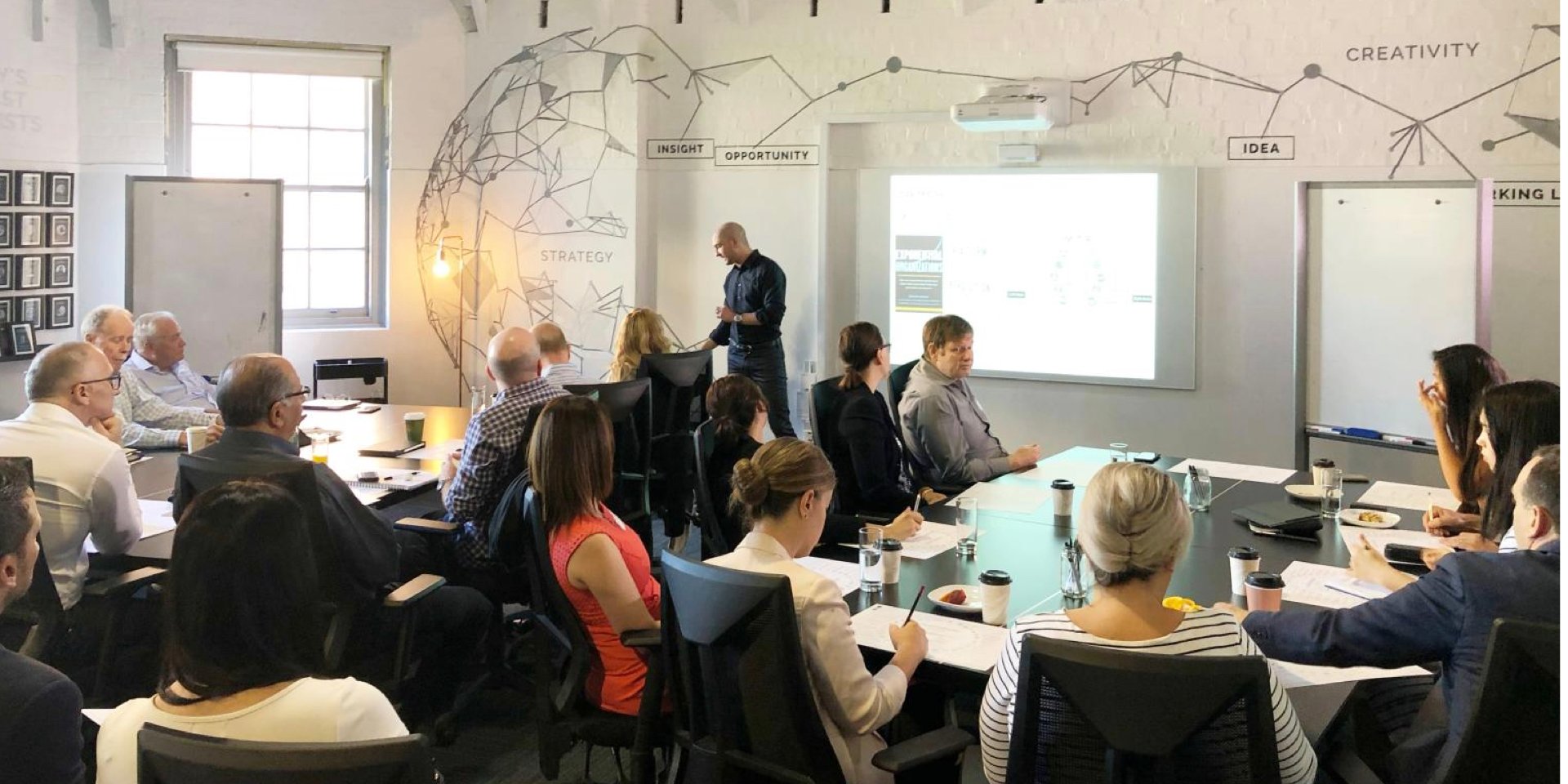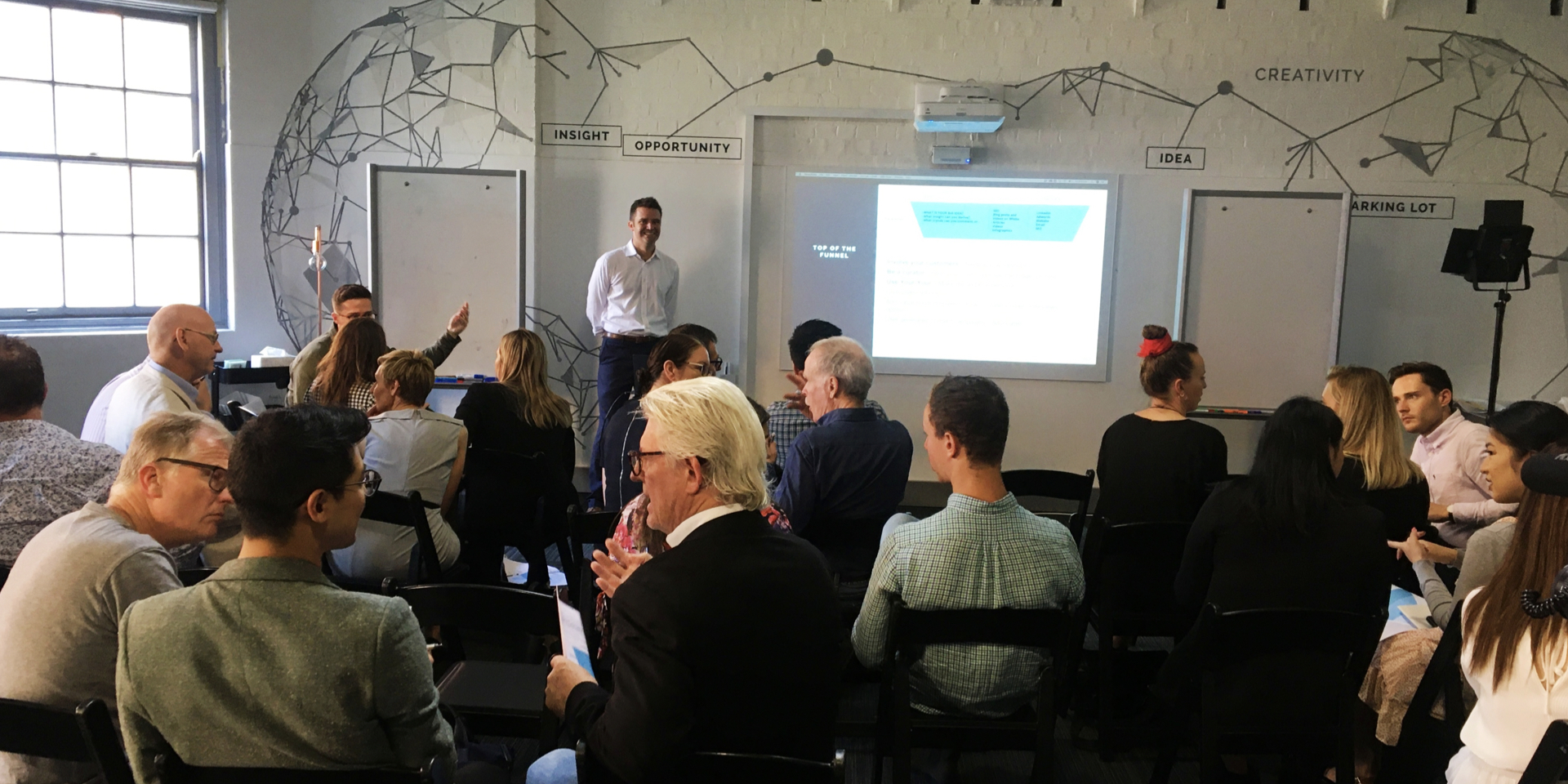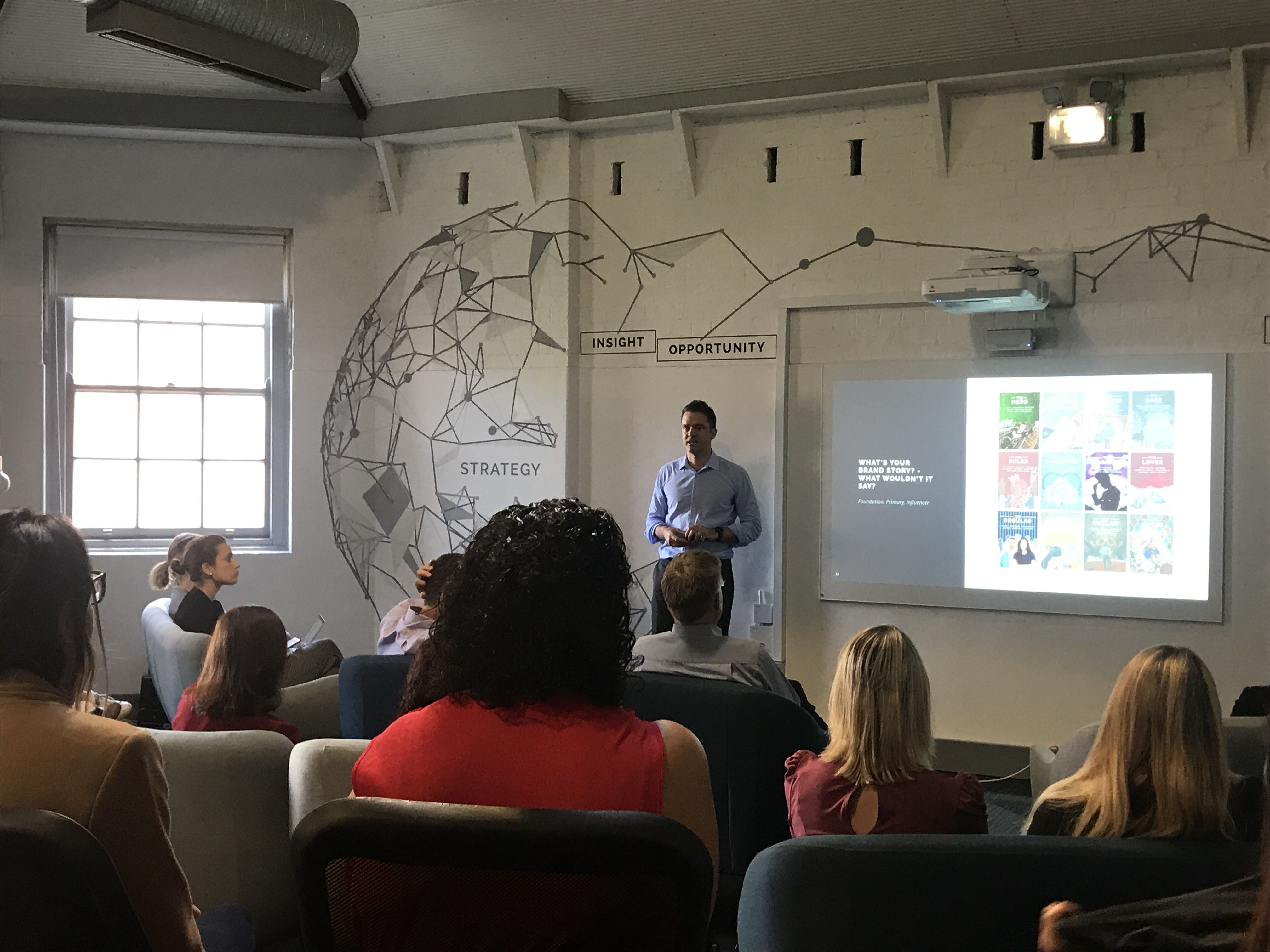When it comes to making improvements to business processes, losing sight of the big picture is likely to happen. Harness the power of systems thinking to solve complex problems and arrive at sustainable solutions.
What Is Systems Thinking?
The discipline of systems thinking involves investigating issues thoroughly and accurately before taking the right action.
Applying systems thinking in your organisation makes you and your team become better problem-solvers in that it allows you to ask better questions to reach a conclusion or make informed an decision.
The systems thinking approach involves “observing data, identifying patterns of behaviour over time, and surfacing the underlying structures that drive those patterns” in order to work with systems to improve our quality of work. It’s about looking closely at a process and analysing what works and what doesn’t.
Systems thinking is a discipline for seeing wholes. It is a framework for seeing interrelationships rather than things, for seeing ‘patterns of change’ rather than static ‘snapshots’.
— Peter Senge, American systems scientist
The Importance of Systems Thinking in Businesses
Systems thinking will make people realise that their decision will have an impact on other areas of the business. It expands people’s thinking and helps people express issues in new ways.
This approach is proven to be valuable when it comes to dealing with important issues, long-term problems in the business, multiple stakeholders, and conflicting opinions and interests, and problems that people have tried to fix before but have failed.
From healthcare to advanced technological solutions, businesses that have applied this approach to be sustainable and achieve organisational change gained a better understanding of how elements are interrelated and were able to come up with effective ways to develop impactful solutions.
When you and your members apply systems thinking, you get a handle your systems and are able to fully harness it. It enables teams to work in synergy instead of siloes, unlocking teamwork and collaboration.
Imagine having members who meet challenges head-on and not hide from it. This is the power of systems thinking. It empowers your entire organisation to think of challenges as exciting opportunities to be innovative. In systems thinking, blaming does not exist. Instead, teams begin to view failure as simply part of the learning process.
Embedding the Systems Thinking in Your Organisation
The world is constantly evolving. Transforming and updating business systems and processes is crucial in keeping up with — and ahead of — the pack.
“Fortune favours the prepared mind,” systems thinker Louis Pasteur had said. Cultivating an environment of system thinking, where your teams are constantly optimising their own processes and concepts and reaching new levels of efficiency, begins by doing the following:
Encourage Feedback
If a staff member notices something inefficient, such as a process involving unnecessary double-handling of paperwork, they should feel comfortable voicing their opinion in a non-challenging way. (Non-challenging is important, helping to minimise defensiveness which might occur if other people feel the existing processes are being undermined.)
Having open channels of communication is important for enabling feedback. Facilitating regular feedback sessions can work well, too.
Enabling Change
Many people don’t like change. They might not even realise they don’t like change. And being averse to change can be the biggest hurdle to the optimisation of processes.
You need to lead by example, embracing change and setting up step-by-step processes for implementing it. Designate people to oversee the change, and encourage regular feedback both during and after implementation.
Conduct Regular Reviews
Reviewing your systems and processes on a regular basis helps to keep them up-to-date and in line with current strategies and technologies.
Conduct audits, allowing staff to propose new ways of doing things, and ask for explanations of their thinking. You never know — you might stumble across an ingenious way of streamlining an existing process that saves the company extensive time and resources.
Editor's note: This article has been updated for relevance and freshness.






![Top 10 Articles C-Suites Read in the Step Change Blog [2019 Edition]](https://blog.hellostepchange.com/hubfs/step-change-top-10-articles-2019.001.jpeg)








